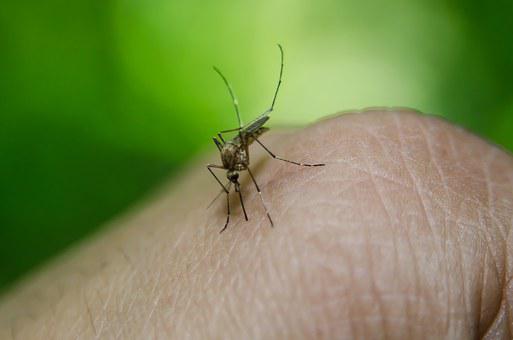
1. What is malaria?
Malaria is an infectious disease caused by the Plasmodium parasite and transmitted by mosquitoes (male Anopheles). Clinically, it is characterized by intermittent chills, high fever, sweating, hepatosplenomegaly, and anemia, and it is divided into four types: vivax malaria, triscal malaria, falciparum malaria and ovale malaria.
(1). Malaria vivax fever is the most common. After short-term relaxation fever, fever recurs the next day. Most adults have typical three-stage fever recurrence, but children are mostly atypical. Symptoms are the same as those of falciparum malaria, but milder. Splenomegaly, anemia and leukopenia appear in the early stage. Serious complications are rare, children can have convulsions, and the disease is rarely fatal.
(2). The clinical manifestations of P. ovale are similar to those of P. vivax.
(3). In addition to the recurrence of fever every two days, there are three important characteristics:
a. Asymptomatic parasitemia patients are more common, which has become an important problem in blood transfusion;
b. Three-day malaria nephropathy is most common in African children. ;
c. Plasmodium can survive in the bone marrow for twenty or thirty years and relapse.
(4). Falciparum malaria, people without immunity have no typical clinical manifestations after suffering from falciparum malaria, but show various abnormalities. Easily misdiagnosed. The periodicity of fever is very irregular, and it is usually daily fever. For patients without complications, the symptoms may only be headache, general malaise, nausea, vomiting, and joint pain; different degrees of hepatosplenomegaly and anemia can be seen during physical examination.

2. How does malaria occur?
Source of infection: The source of infection is malaria patients and asymptomatic carriers.
Transmission route: malaria patients - mosquitoes - healthy people.
Susceptible groups: infants and children are generally susceptible.
Epidemic characteristics: global distribution, mainly in tropical or subtropical countries with less developed economy and poor sanitary conditions.

(1). Incubation period:
a. Plasmodium vivax and Plasmodium ovale: 10 to 20 days.
b. Three-day malaria: 20 to 28 days.
c. Plasmodium falciparum: 10 to 14 days.
(2). Typical symptoms: chills - fever - sweating, periodic attacks, often mistaken for a cold.
(3). Other characteristic manifestations: anemia, pale complexion, fatigue, hepatomegaly, splenomegaly

4. How to prevent malaria?
Mosquito control: take multiple measures to kill mosquitoes, electric mosquito coils, mosquito traps, mosquito coils.
Mosquito repellent: Take multiple measures to prevent mosquitoes, mosquito nets, mosquito repellent stickers, and mosquito repellent bracelets.


